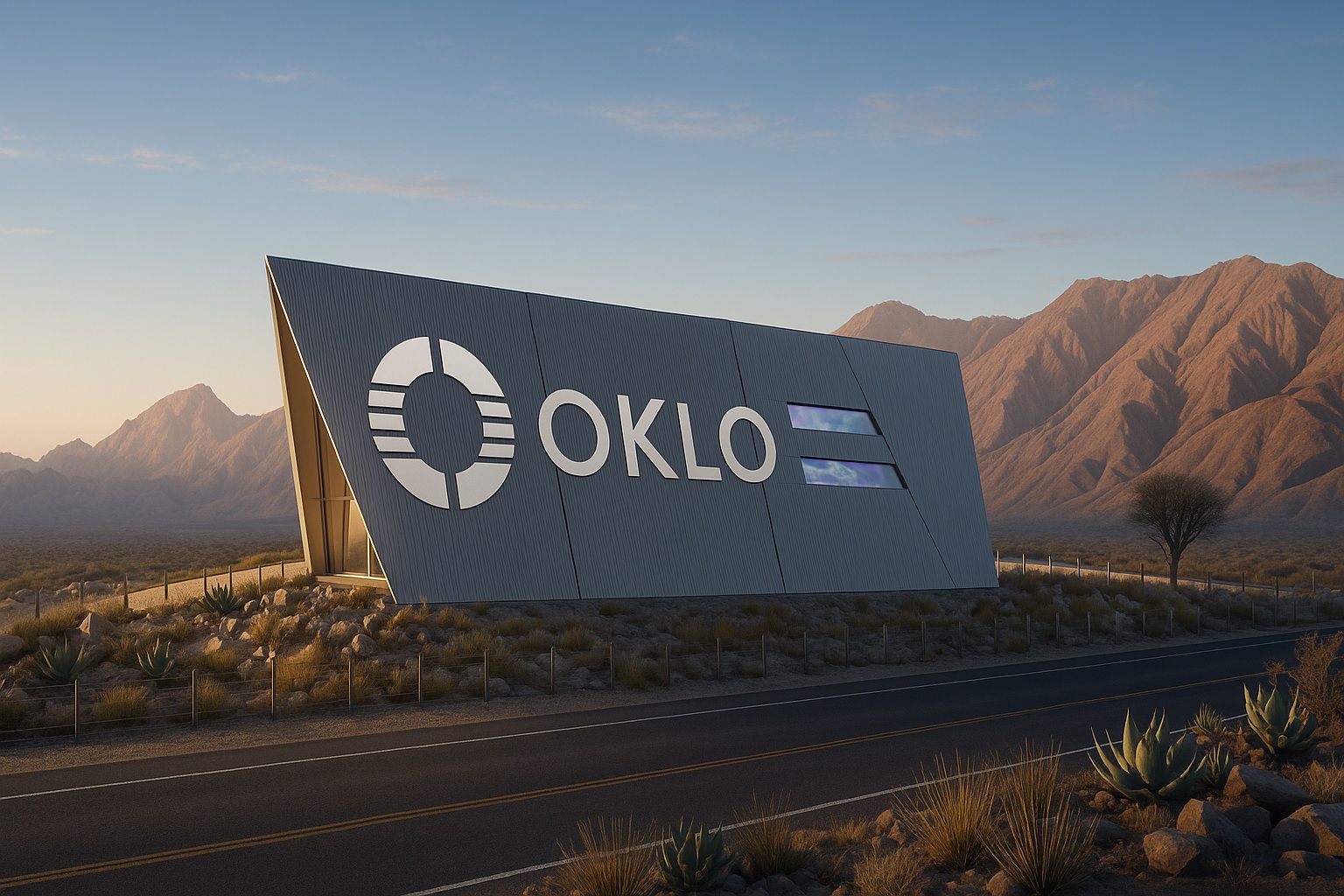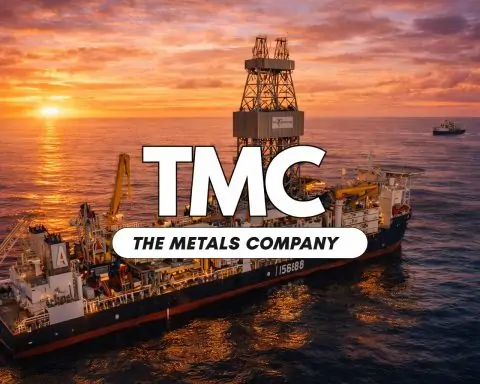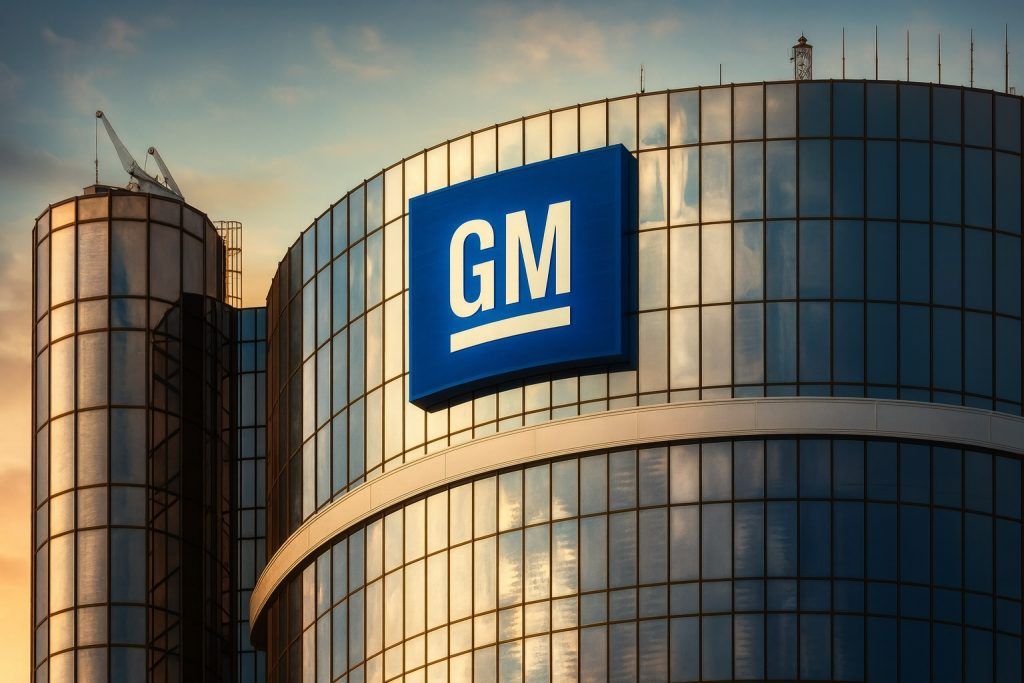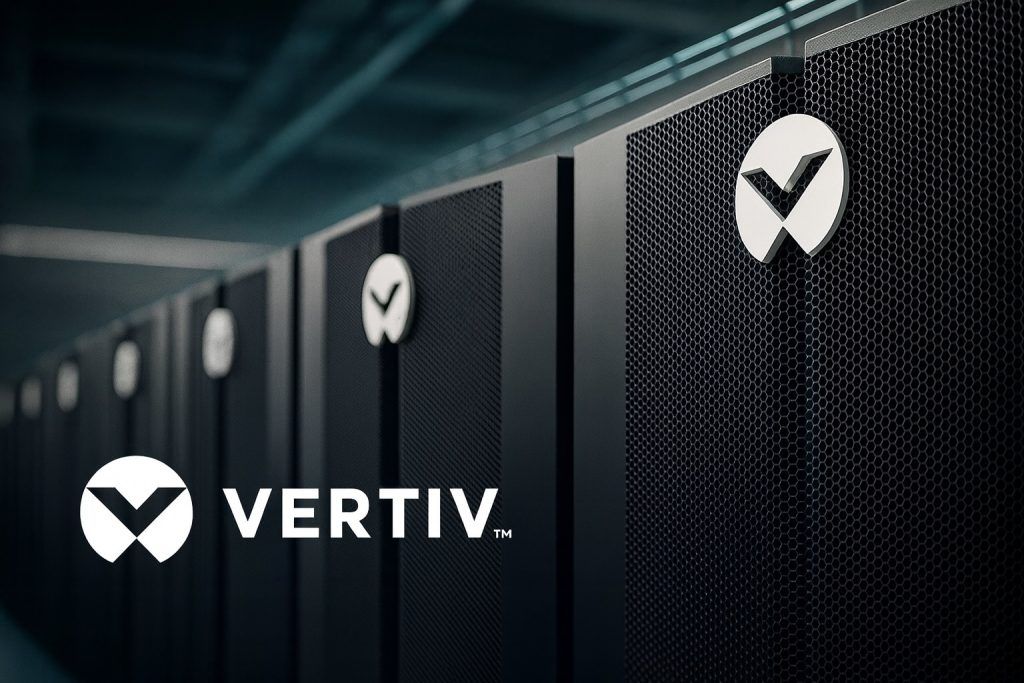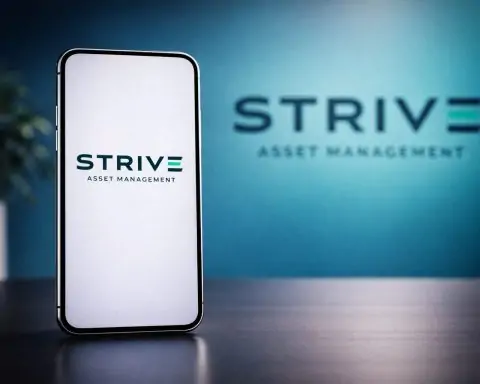Oklo Inc. (NYSE: OKLO) is a California-based advanced nuclear startup whose stock has surged about 500–650% in 2025 [1] [2]. It went public via a SPAC with Sam Altman’s AltC Acquisition in May 2024, raising ~$306 million [3] [4]. In mid-October 2025 Oklo announced a major fuel partnership: Europe’s newcleo will invest up to $2 billion (with Sweden’s Blykalla as a potential co-investor) to build advanced nuclear fuel factories in the U.S. [5] [6]. The company has also inked 20-year power purchase agreements to supply clean power to oil producer Diamondback Energy (50 MW) and data-center firm Wyoming Hyperscale (100 MW) [7] [8]. U.S. government support has been strong – Oklo was chosen for two DOE pilot programs (fuel fabrication and microreactor deployment) and is working toward NRC licensing of its first “Aurora” reactor [9]. Analysts remain mixed: the consensus 12-month price target (~$90–$100) is well below the current trading price [10], reflecting both bullish forecasts (some targets as high as $150–$175) and warnings that Oklo is an early-stage, pre-revenue play [11] [12].
Oklo Inc., an advanced nuclear technology firm, has seen its stock price skyrocket on news of government backing and big deals [13] [14]. The Santa Clara, California-based company develops fast-neutron microreactors (the Aurora line) intended to deliver reliable clean power to customers like AI data centers and industrial sites [15] [16]. Oklo is also working on fuel recycling and isotope production, aiming to turn nuclear waste into fuel [17].
Stock Performance and Recent Moves
Oklo’s share price has been extremely volatile. In 2025 it jumped from roughly $10 at IPO (May 2024) to over $160 by mid-October [18], fueled by tech-sector enthusiasm and positive news flow. On Oct. 20 it closed around $159 (a slight pullback), then on Oct. 21 it fell about 12% to ~$139 [19]. (Investing.com data show Oct 21 close $139.44 [20].) By Oct. 22 premarket it traded near $135 [21]. Overall, Oklo remains up roughly 650–700% year-to-date [22], even after the recent dip. Trading volume has been heavy as investors have piled in on the “nuclear renaissance” theme, but some profit-taking occurred after the Oct. 17 fuel-deal news [23] [24].
Major Partnerships and Fuel Pact
A blockbuster announcement came Oct. 17: Oklo unveiled a joint venture with France’s newcleo and Sweden’s Blykalla to build U.S. facilities for advanced nuclear fuel production [25]. In the deal, newcleo plans to invest up to $2 billion (through a dedicated fund) into co-located fuel fabrication plants, and Blykalla is “considering” co-investing [26] [27]. The goal is a “transatlantic fuel ecosystem” to supply small modular reactors (SMRs) and repurpose surplus plutonium into reactor fuel [28] [29]. (Oklo CEO Jacob DeWitte said burning surplus plutonium could “accelerate the deployment of multiple gigawatts of advanced reactors” [30].) This move was cheered as boosting U.S. energy security and fits into the Trump administration’s push for a domestic nuclear fuel supply [31] [32].
The October 2025 partnership with newcleo and Blykalla includes plans for U.S. fuel manufacturing plants (concept graphic above shows Oklo’s logo alongside its partners) [33]. Alongside the fuel deal, Oklo has secured several long-term power contracts. In 2023–24 it signed non-binding LOIs to supply 50 MW to Diamondback Energy (20-year PPA) [34] and 100 MW to Wyoming Hyperscale (20-year PPA) [35]. In Dec 2024 it also agreed to provide power to data-center giant Switch under a multi-gigawatt program [36] [37]. These partnerships underscore that Oklo’s reactors are aimed at grid-scale customers (like AI data centers or industrial clients) with guaranteed offtake.
Business Model and Background
Founded in 2013 by MIT graduates Jacob DeWitte and Caroline Cochran, Oklo builds liquid-metal fast reactors (the “Aurora” Powerhouse series) that generate 15–50 MWe each [38] [39]. The Aurora is designed for off-grid use (data centers, military bases, remote towns) and can run for ~10–20 years without refueling [40] [41]. Oklo also plans to produce medical and industrial radioisotopes via its fuel recycling process [42]. The company’s aim is to sell power under long-term contracts, essentially acting as an independent power producer of clean nuclear energy. It’s pre-revenue: no reactors are operating yet, and Oklo currently relies on investor funding and SPAC proceeds to finance development. Notably, Oklo was one of the first advanced reactors to get a DOE site-use permit (at Idaho National Lab) and awarded fuel from INL [43]. It submitted the first combined construction and operating license (COLA) application for an “advanced” reactor to the NRC (initially denied in 2022 due to incomplete data) and is working on a re-filing [44] [45]. Sam Altman (OpenAI CEO) was Oklo’s chairman and a major backer through his Hydrazine Capital fund, but he stepped down in April 2025 to avoid conflicts [46] [47].
Government Support and Regulations
Oklo has benefited from a favorable policy backdrop. The U.S. DOE has been actively funding SMR development under the Trump administration, and Oklo was selected for two key DOE pilot programs announced in late Sept 2025 [48]. One program funds Advanced Nuclear Fuel Line projects (fuel fab facilities), and another supports fast-tracking SMR test sites (Reactors). Oklo’s CEO noted that Washington is eager to make the U.S. “energy dominant” via these initiatives [49] [50]. Senior officials like Interior Secretary Doug Burgum have publicly praised Oklo’s deals as aligned with national energy security goals [51] [52]. In practice, Oklo is advancing regulatory milestones: in March 2025 it began the NRC’s pre-application readiness review for Aurora, and it plans to submit a full COLA by year-end [53] [54]. In addition, Oklo is expanding the domestic nuclear supply chain – e.g. collaborating on HALEU fuel development and recycling. (Earlier in 2025 Oklo had announced a $1.68 billion project to build a fuel recycling plant in Tennessee, possibly serving the Tennessee Valley Authority’s reactor fleet [55].) All these steps signal strong government-industry collaboration.
Analysts’ Outlook and Market Sentiment
Wall Street opinions on Oklo are divided. Twenty analysts cover the stock, with a consensus rating of “Hold” and an average 12-month price target of roughly $90–$100 [56]. That implies a possible downside from the current ~$140. Notably, price targets vary widely – some bulls like Wedbush and Canaccord have targets near $150–$175, while more cautious firms (Goldman, UBS) are well below today’s price [57]. In fact, several banks have downgraded nuclear stocks recently, warning that the sector’s valuations may be outpacing fundamentals. Industry observers like BloombergNEF’s Chris Gadomski have cautioned that today’s SMR hype recalls the dot-com bubble: “a lot of cheerleading is happening,” he said, but “the amount of capital that you need to cross the finish line is huge” [58]. The stock’s meteoric rise has led some to call Oklo a “millionaire-maker” play (it’s up about 1,900% over one year [59]), but analysts stress it remains an early-stage, high-risk bet with years to first revenue [60] [61].
On the other hand, market sentiment is hot. Oklo has drawn significant retail and institutional interest, partly riding the AI-energy narrative. Recent options activity and technical signals suggest bullish momentum: one trader noted call-option volume surging, and Oklo shares have repeatedly broken to new highs on strong volume [62] [63]. In mid-October, multiple Wall Street firms reportedly raised their ratings or targets on Oklo as public policy turned favorable [64]. Investor chatter on forums is active (OKLO is often compared to “Tesla of nuclear”), though such hype can cut both ways. In summary, sentiment is euphoric but cautious: many are optimistic about nuclear’s role in powering future AI and data centers, yet analysts warn that true validation depends on Oklo delivering operational reactors and power contracts.
Nuclear Industry Context and Competition
Oklo’s boom reflects a broader nuclear renaissance. After decades of stagnation, major tech and industrial players (Amazon, Google, Meta, Dow, etc.) have backed pledges to triple global nuclear capacity by 2050 [65]. SMRs in particular are seen as the next-generation baseload for data centers and AI (“nuclear-AI” theme). Other advanced reactor firms have also rallied: NuScale Power (light-water SMRs) is up several-fold, and X-energy, TerraPower and Kairos have similarly gained in recent months [66] [67]. Competitors in the fast-reactor space include Kairos (lead-cooled SMR) and TerraPower’s Natrium (but Natrium is a larger-scale 345 MW project). Oklo’s strategy is somewhat unique in vertically integrating fuel: its partnership with Lightbridge (announced Jan 2025) will co-locate Oklo’s fabrication with Lightbridge’s fuel tech [68]. OKLO claims to have 14 GW of reactor “orders” in its pipeline, including a 12 GW non-binding deal with Switch through 2044 [69] – evidence of huge potential demand if projects proceed. At the same time, government efforts (IRA funding, DOE contracts) are building U.S. fuel supply (HALEU, conversion, etc.) to support SMRs [70] [71]. In this competitive race, Oklo’s co-location partnerships and DOE ties could be advantages – but rivals backed by Amazon (X-energy) and Google (Kairos) are formidable.
Risks and Challenges
Despite the buzz, significant challenges remain. Oklo has no operating reactors or revenue yet; its path to market is long and capital-intensive. Building and licensing novel reactors is complex and costly. The company’s own filings warn of risks including the need for additional financing, potential supply shortages of HALEU fuel, regulatory hurdles, and intense competition [72] [73]. Indeed, the NRC denied Oklo’s first license application in 2022, underscoring how far it still has to go. Analysts point out that Oklo’s lofty valuation rests entirely on future promises [74] [75]. If engineering, licensing or financing problems arise, the stock could retrace sharply. Even experts advising caution note Oklo’s technology is unproven at commercial scale; one said it’s an “early stage start-up…with no commercial operations for several years,” making the stock “very high-risk” [76]. Finally, external factors like macro markets or policy shifts could affect sentiment – e.g. a change in administration priorities or interest rates could cool the rally.
Outlook
Oklo sits at a high-stakes crossroads. Its recent surge reflects genuine infrastructure wins – major partnerships, government programs, and a compelling clean-energy narrative. If Oklo can execute on projects (fuel factories, reactor builds, PPAs) on the timelines promised (first plant by 2027–2028 [77]), it could indeed become a leader in advanced nuclear. However, turning investor optimism into results will take years and more cash. Retail investors should note that Oklo’s stock moves on hopes and projections as much as hard news. In the near term, all eyes will be on Oklo’s regulatory filings, first licensing steps, and any further funding announcements (e.g. DOE grants, private raises). For now, the stock reflects a bet on the future of nuclear power: it could reward long-term believers handsomely, but it also carries the risk of a harsh correction if the current hype outstrips achievable progress.
Sources: Oklo and industry news, press releases, and analysis [78] [79] [80] [81] [82] [83], including TS2.tech reports and coverage from Reuters, Nasdaq, Money Morning, and data-center media.
References
1. finviz.com, 2. ts2.tech, 3. oklo.com, 4. www.reuters.com, 5. oklo.com, 6. investorsobserver.com, 7. www.datacenterfrontier.com, 8. oklo.com, 9. ts2.tech, 10. ts2.tech, 11. ts2.tech, 12. investorsobserver.com, 13. finviz.com, 14. investorsobserver.com, 15. finviz.com, 16. oklo.com, 17. oklo.com, 18. ts2.tech, 19. ts2.tech, 20. www.investing.com, 21. www.investing.com, 22. ts2.tech, 23. ts2.tech, 24. ts2.tech, 25. oklo.com, 26. oklo.com, 27. investorsobserver.com, 28. oklo.com, 29. investorsobserver.com, 30. oklo.com, 31. oklo.com, 32. investorsobserver.com, 33. oklo.com, 34. www.datacenterfrontier.com, 35. oklo.com, 36. www.reuters.com, 37. www.reuters.com, 38. en.wikipedia.org, 39. finviz.com, 40. en.wikipedia.org, 41. moneymorning.com, 42. en.wikipedia.org, 43. oklo.com, 44. oklo.com, 45. en.wikipedia.org, 46. en.wikipedia.org, 47. www.reuters.com, 48. ts2.tech, 49. oklo.com, 50. ts2.tech, 51. oklo.com, 52. investorsobserver.com, 53. www.reuters.com, 54. oklo.com, 55. finviz.com, 56. ts2.tech, 57. ts2.tech, 58. investorsobserver.com, 59. ts2.tech, 60. ts2.tech, 61. www.nasdaq.com, 62. moneymorning.com, 63. moneymorning.com, 64. moneymorning.com, 65. ts2.tech, 66. ts2.tech, 67. www.reuters.com, 68. www.reuters.com, 69. www.reuters.com, 70. www.reuters.com, 71. www.reuters.com, 72. oklo.com, 73. oklo.com, 74. finviz.com, 75. ts2.tech, 76. ts2.tech, 77. finviz.com, 78. oklo.com, 79. investorsobserver.com, 80. finviz.com, 81. ts2.tech, 82. ts2.tech, 83. oklo.com
